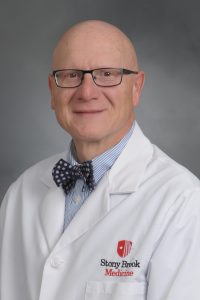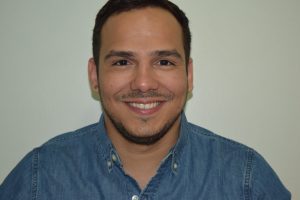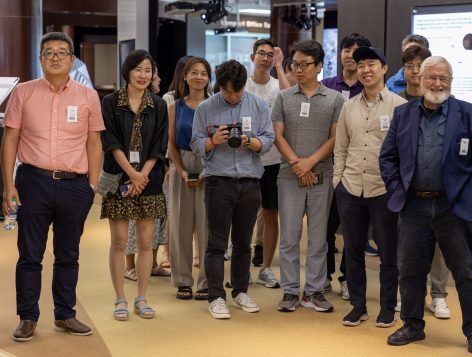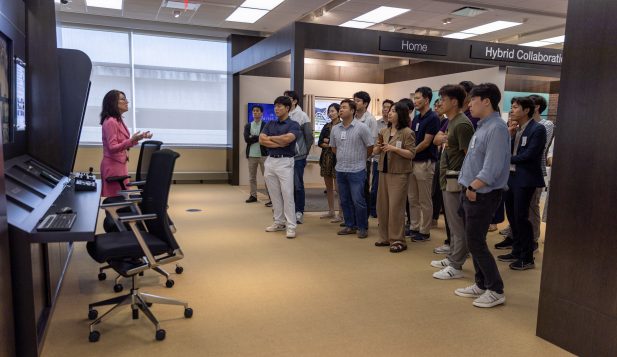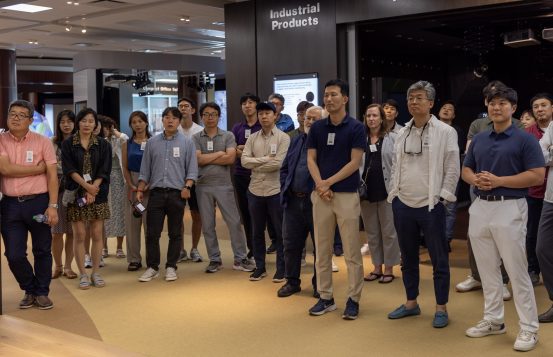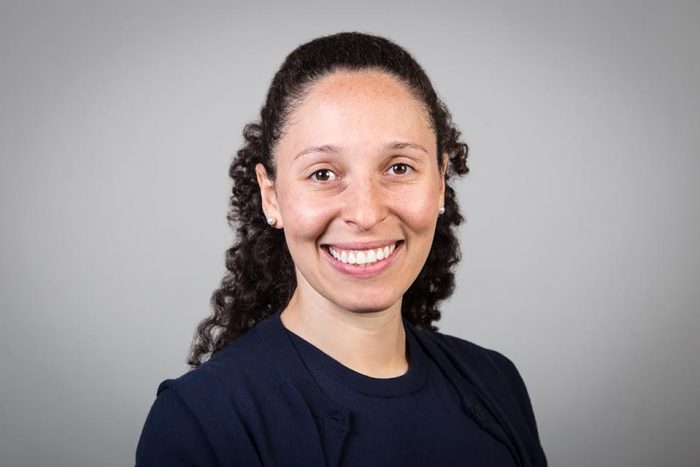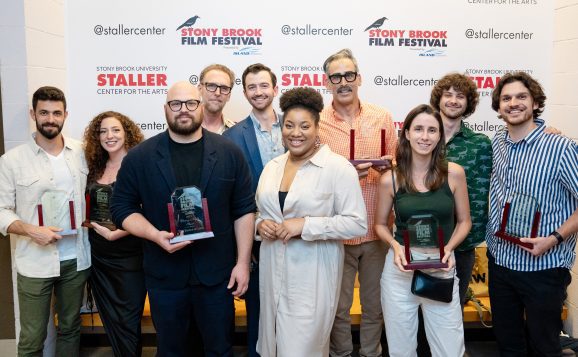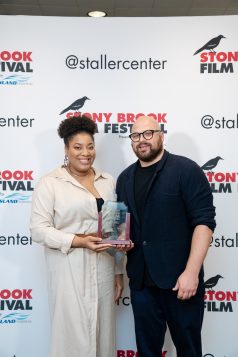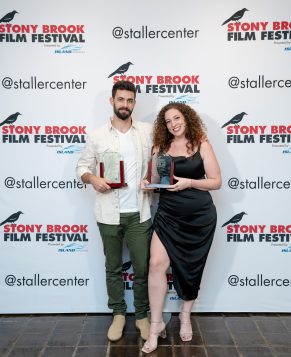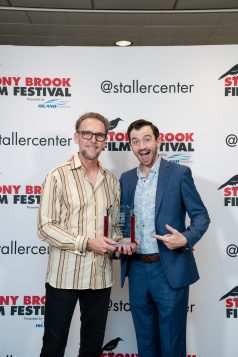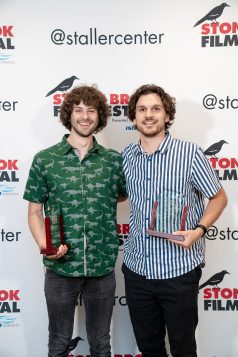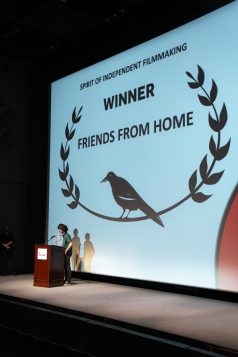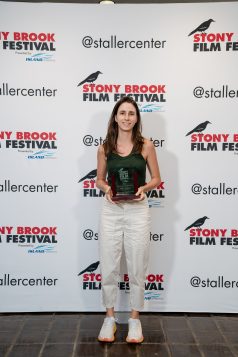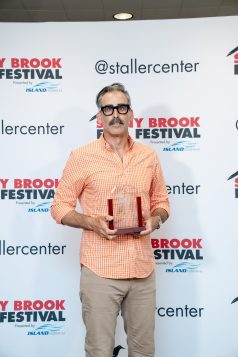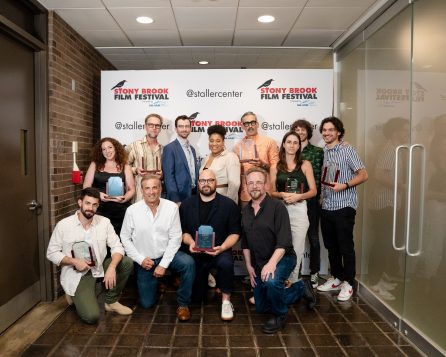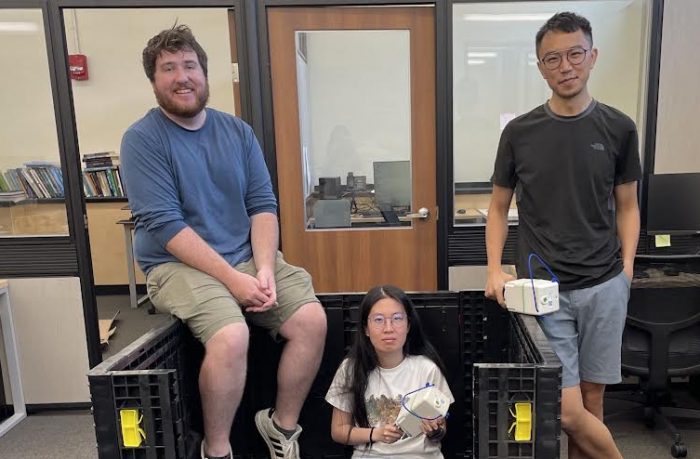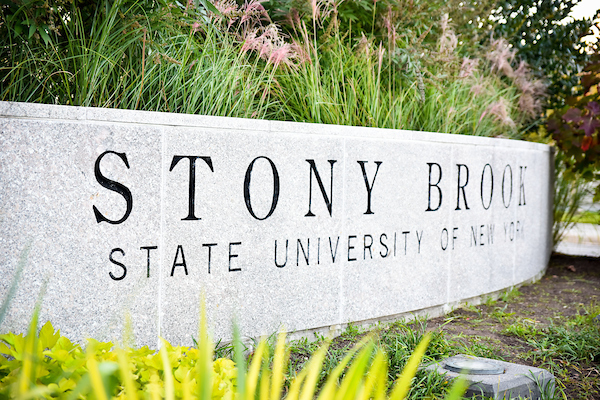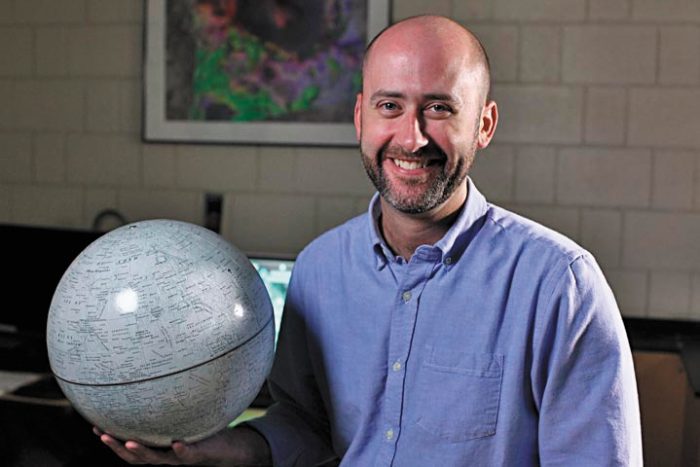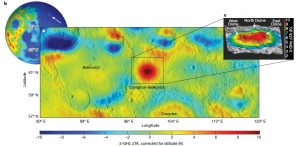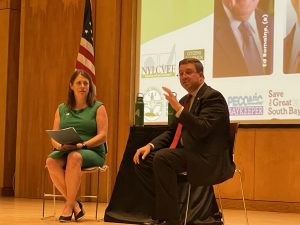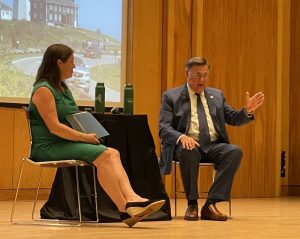Update:
The combat boots and dog tags Alan Alda wore while playing Hawkeye Pierce on the television series “M-A-S-H” sold at auction on July 28 for $125,000.
Alda held onto the boots and dog tags for more than 40 years after the show ended but decided to sell them through Heritage Auctions in Dallas to raise money for the Alan Alda Center for Communicating Science at Stony Brook University.
The buyer’s name wasn’t released.
——————————-
When Alan Alda reported to the 4077th Mobile Army Surgical Hospital in the summer of 1972, he received two items from wardrobe that became the only M*A*S*H mementos he kept when the show ended in 1983.
Costumers handed him a pair of scuffed-up combat boots, inside which someone had written in black marker the name of his character: “HAWKEYE.” He was also given a pair of dog tags which the names of strangers had been stamped: Hersie Davenport and Morriss D. Levine.
Alda was grateful the dog tags didn’t say Benjamin Franklin Pierce of Crabapple Cove, Maine. That would have made them mere props that couldn’t have carried the weight of war. Wearing those real dog tags, the genuine article, “seemed like a handshake,” Alda says. Until recently, he knew nothing about the two men whose names are on those dog tags — one, a Black soldier from the South; the other, a Jewish man from New York.
“Yet every day for 11 years, putting them on over my head and wearing them, I had a very close connection with them,” said Alda. “I always wondered what their lives were like. Were they alive, or were they dead? How had they served? They were real people to me, even though I didn’t know anything about them other than their names. But to this day, I remember the names very well, and that’s why it meant a lot to me.”
These pieces of wardrobe, the last remnants of his tour of duty, mean so much to Alda he now parts with the boots and dog tags only to help fund what has become one of his greatest passions.
Heritage Auctions will auction off Alda’s M*A*S*H mementos in a single-lot auction on July 28. All the money raised will benefit the Alan Alda Center for Communicating Science at Stony Brook University and the university’s School of Communication and Journalism. Heritage will also donate all of its proceeds to the center.
“Hawkeye’s boots and dog tags are not only entertainment memorabilia from a beloved series, but the cherished keepsakes of a national treasure,” says Heritage’s Chief Strategy Officer Joshua Benesh. “And before that, they were the personal artifacts of real soldiers. They now take on a new life as a source of fundraising for a noble cause in which a noble man has invested so much of his time and resources, and we are honored to be even a small part of such a grand gesture.”
Alda kept the boots and dog tags for years in a closet because he did not know where else to store them.
“Then I realized that they could come to life again to be used to help the Center for Communicating Science because, probably, somebody would be interested in having a memento of the show,” he says. “I can’t think of a better use for them.”
When asked if it will be difficult to say goodbye to these last keepsakes from M*A*S*H he responded, “Not at all. Because I knew they were going to a good cause. They were going to do more good than sitting in my closet. They were screaming, ‘Let me out!’ I thought, what a great chance to put these boots and dog tags to work again. For 11 years, they helped promote the idea that human connection could be a palliative for war. And now they can promote the idea that a human connection can get us to understand the things that affect our lives so deeply.”



